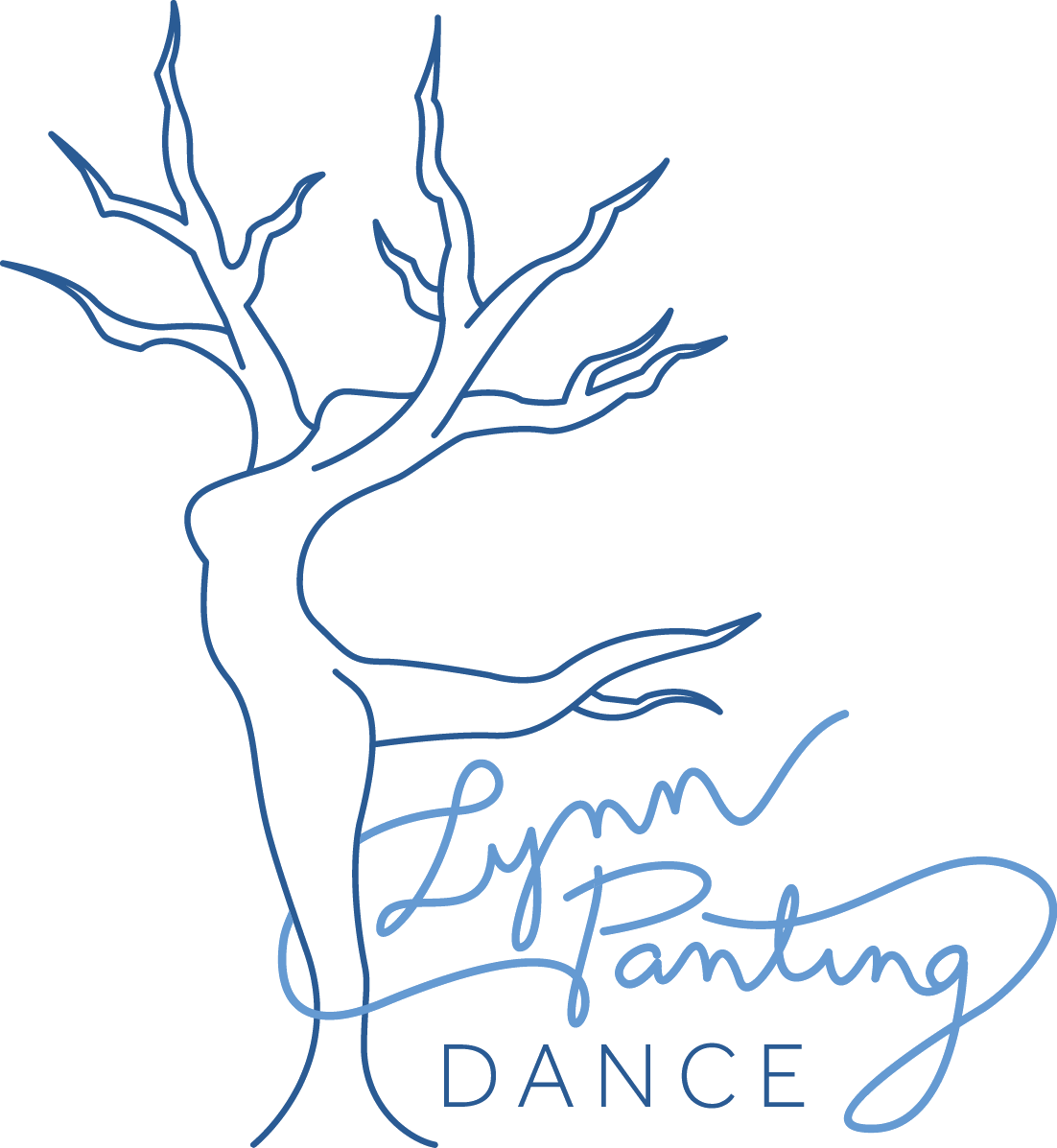Building Trust in the Rehearsal Room Through Movement
Trust is the foundation of any successful rehearsal process. When performers feel safe, supported, and connected, they take bigger risks, dive deeper into their work, and create more compelling performances.
While trust is often built through conversation and collaboration, movement and physical awareness play an equally vital role. How we inhabit space, respond to others, and engage with our own bodies all impact the rehearsal room dynamic.
Here’s how directors, choreographers, and performers can use movement to cultivate trust, improve ensemble connection, and create a rehearsal space where everyone can thrive.
Start with Grounding & Physical Awareness
Before performers can connect with each other, they need to connect with themselves. Building trust begins with an awareness of our own bodies—where we hold tension, how we breathe, and how we move through space.
In Practice:
Body Check-In: Start rehearsals with a few moments of stillness or gentle movement, asking performers to notice any areas of tension, fatigue, or ease.
Breath Work: Lead a simple breathing exercise to encourage relaxation and presence. Slow, deep breaths help regulate the nervous system and create a sense of calm.
Non-Verbal Warm-Ups: Encourage exercises that focus on sensation—rolling through the spine, shifting weight, or shaking out the limbs. The goal is to get performers out of their heads and into their bodies.
Use Movement to Build Ensemble Connection
Trust in an ensemble is built through responsiveness—learning to move together, listen with the body, and develop an awareness of others.
In Practice:
Mirroring Exercises: Pair up performers and have one lead a movement sequence while the other follows as closely as possible. This builds focus, non-verbal communication, and trust.
Group Walks and Flocking: Have the entire ensemble walk through the space at the same pace, without speaking. Gradually introduce direction changes, slowdowns, and speed-ups. This encourages group awareness and sensitivity.
Weight Sharing & Contact Work: When appropriate, introduce exercises that involve physical contact, such as leaning into a partner’s back or lightly pressing palms together. This helps performers build physical confidence in each other.
Establish Clear Physical Boundaries
Trust doesn’t mean constant physical contact—quite the opposite. A rehearsal room that prioritizes consent and clear boundaries allows performers to engage fully, knowing their comfort is respected.
In Practice:
Check-In Before Contact: Always establish whether touch is necessary in a scene and check in before initiating it. Simple phrases like “Are you comfortable if I place a hand on your shoulder?” normalize consent-based movement.
Exit Strategy: Encourage performers to speak up or step away if something feels off. Make it clear that their autonomy is valued.
Use Movement to Break Down Barriers
Sometimes, the best way to build trust is to remove the pressure of performance and engage in movement that feels playful and explorative.
In Practice:
Guided Improvisation: Give performers movement prompts (e.g., “move through the space as if you are underwater” or “walk as if you’re being pulled by an invisible string”). This reduces self-consciousness and encourages creative play.
Create a Rehearsal Culture of Listening & Adaptation
Trust isn’t a one-time achievement—it’s an ongoing practice. A movement-aware rehearsal space is one where everyone listens, adapts, and supports each other physically and emotionally.
In Practice:
Active Listening Through Movement: Encourage performers to notice how their scene partners breathe, shift weight, or hold tension—these subtle cues inform connection.
Responsive Rehearsal Blocking: Be open to shifting movement choices based on how performers feel in the moment. Adaptation signals that their instincts are valued.
Regular Physical Check-Ins: Mid-rehearsal, take a pause. Ask, “How does your body feel right now?” Checking in physically helps identify tension or stress before it impacts performance.
A rehearsal space where movement and physical awareness are prioritized is one where trust naturally flourishes. By tuning into our own bodies, connecting with our ensemble, establishing clear boundaries, and embracing movement as a tool for communication, we create a working environment that is both safe and artistically rich.

